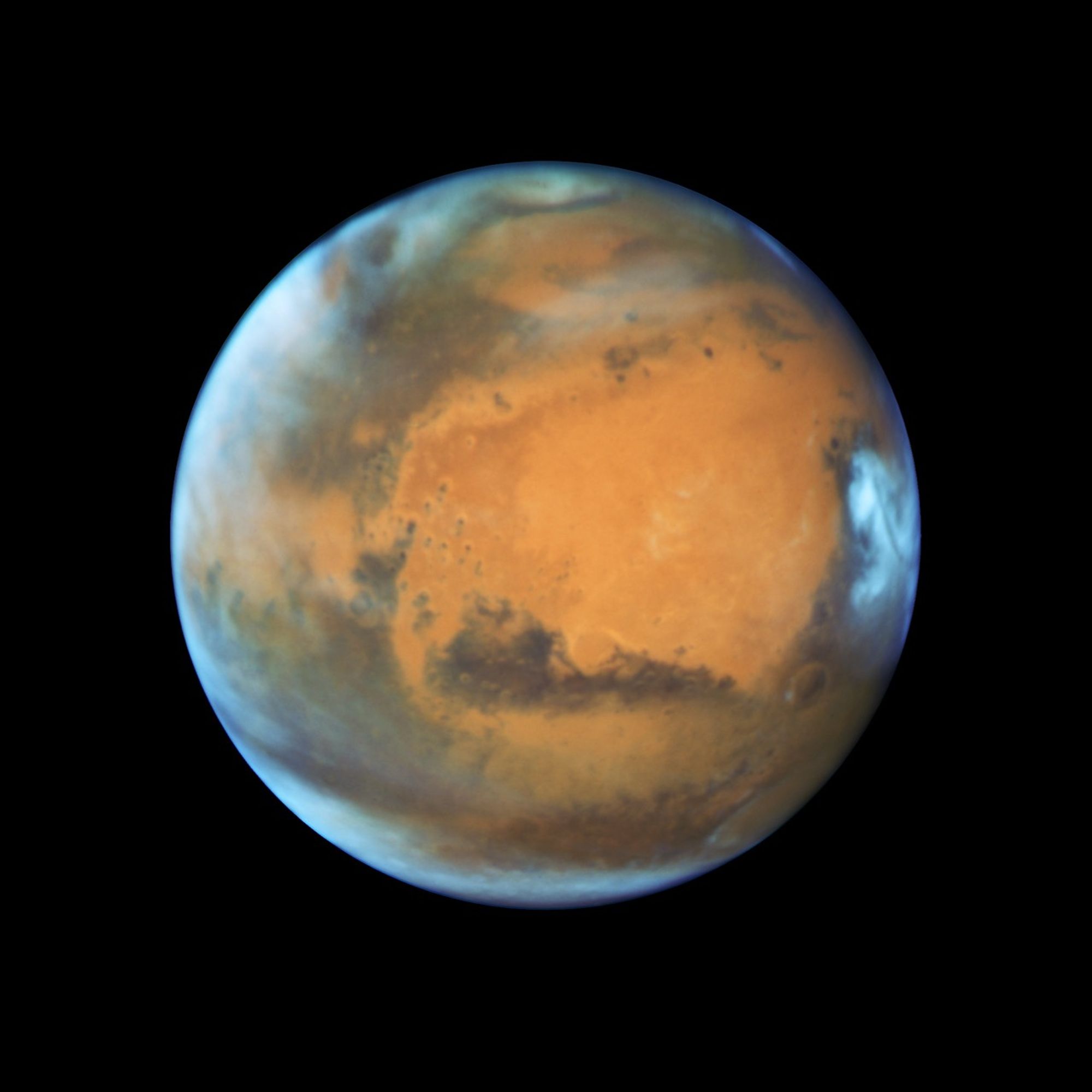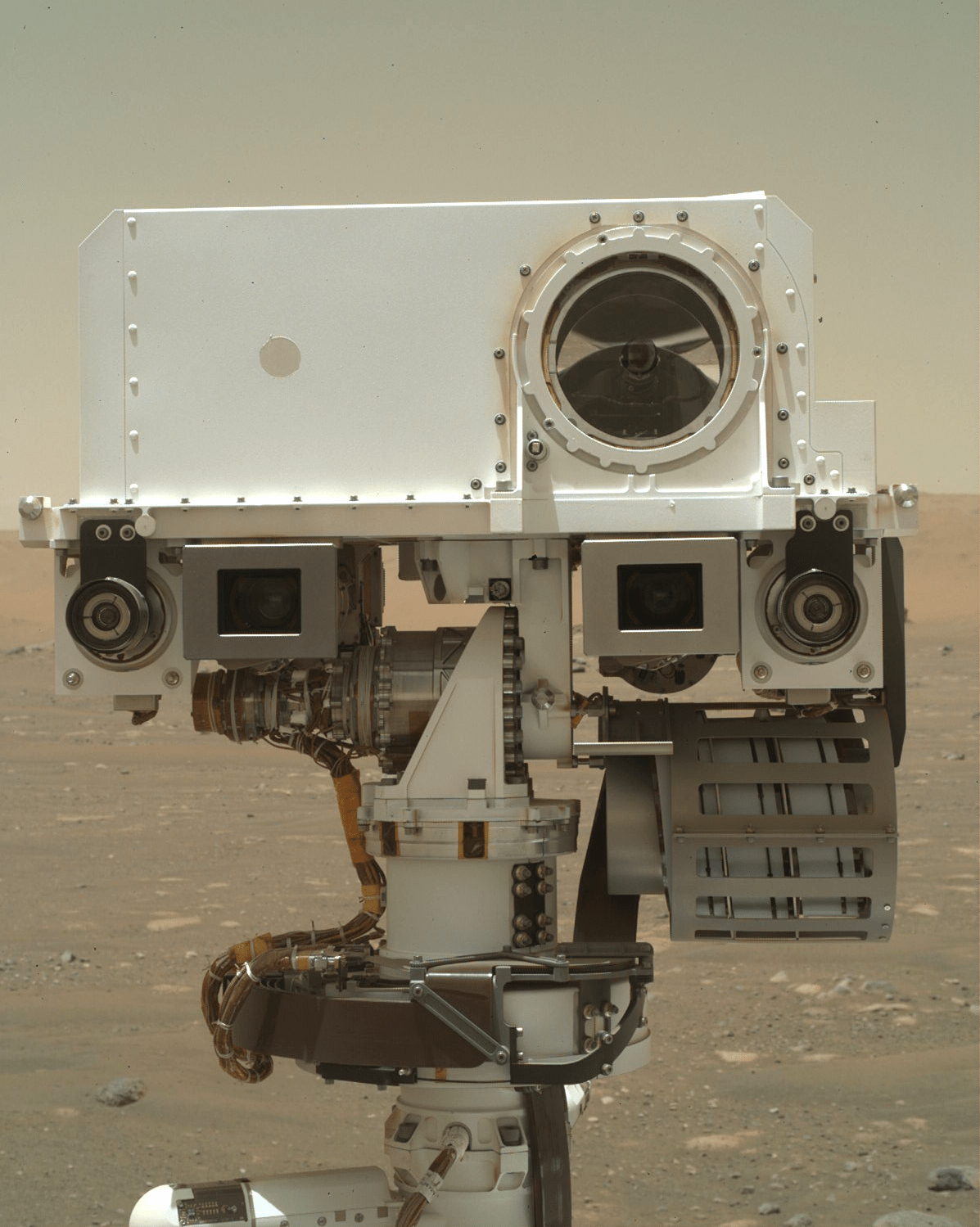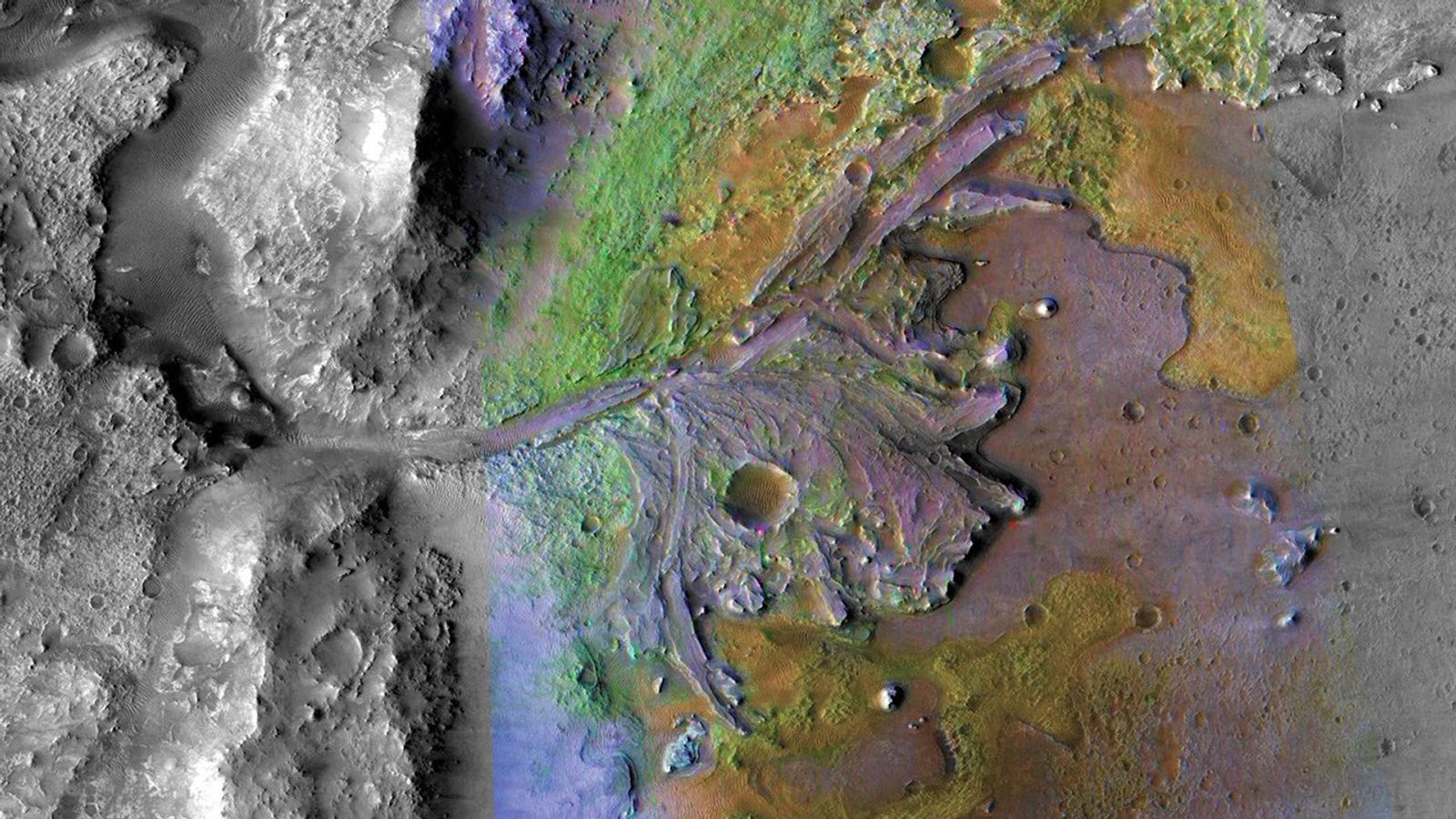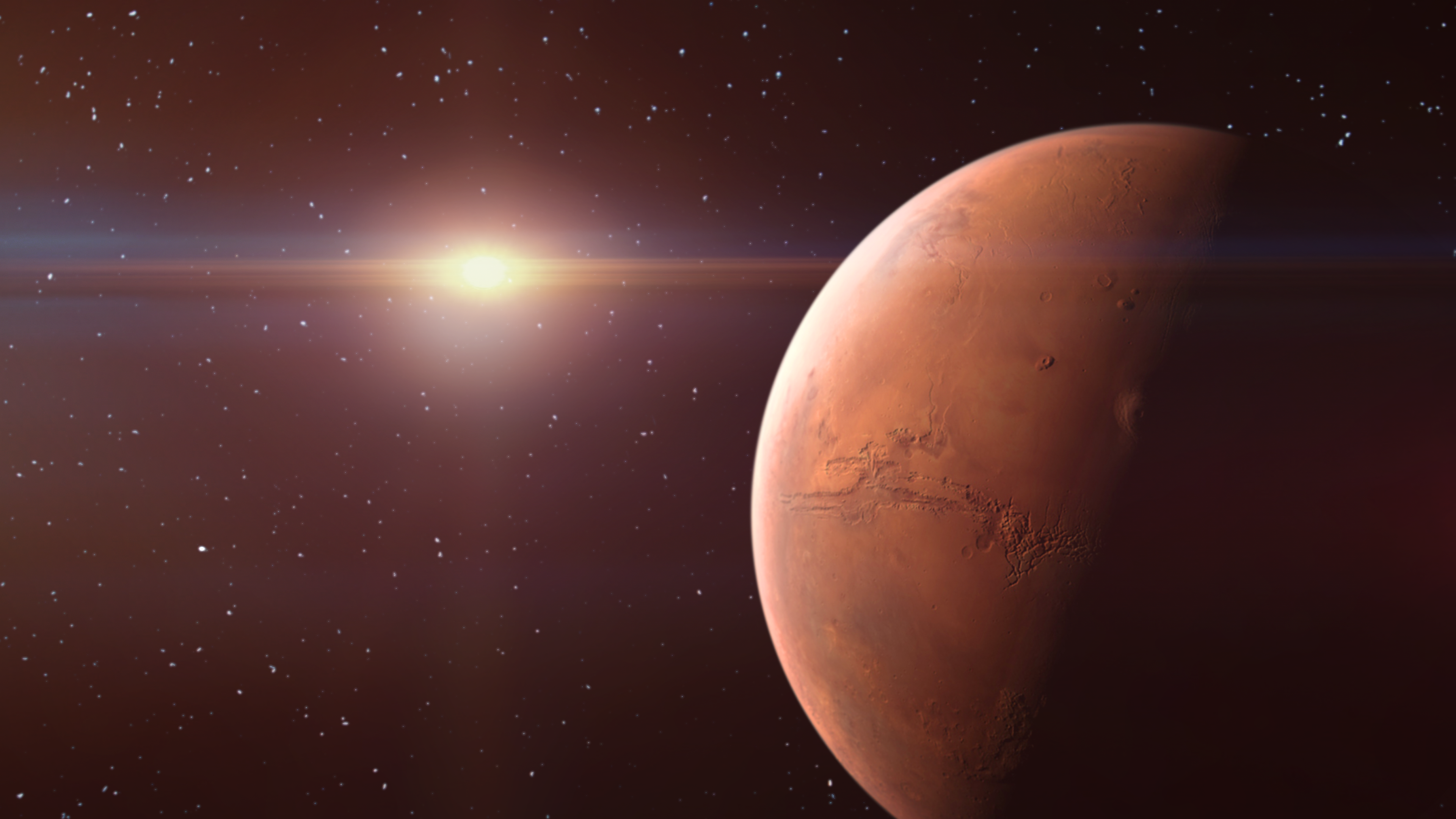Sols 4511-4512: Low energy after a big weekend?
- Curiosity Rover’s weekend was busy, with full contact science, imaging tests, and a long 57m drive, leaving it low on power for Monday’s plan.
- The team had to prioritize science activities within the rover’s power limit, squeezing in activities such as acquiring Mastcam mosaics, ChemCam LIBS observations, and APXS data collection.
- Curiosity will continue its drive south and take post-drive imaging to prepare for Wednesday’s plan, with a focus on investigating local stratigraphic relationships and diagenetic features.
- The rover will also investigate the finely-laminated bedrock in its workspace at “The Grotto” target using instruments like DRT, APXS, and MAHLI.
- Despite the busy weekend, Curiosity is still making progress towards its exploration goals, including investigating boxwork structures on “Ghost Mountain” and monitoring active surface processes.
2 min read
Sols 4511-4512: Low energy after a big weekend?
Written by Lauren Edgar, Planetary Geologist at USGS Astrogeology Science Center
Earth planning date: Monday, April 14, 2025
We all know the feeling: it’s Monday morning after a big weekend and you’re coming into the week wishing you’d had a little more time to rest and recharge. Well, Curiosity probably feels the same way today. Curiosity accomplished a lot over the weekend, including full contact science, a MAHLI stereo imaging test, testing the collection of ChemCam passive spectral data at the same time as data transmission with one of the orbiters, and some APXS and MAHLI calibration target activities, plus a long 57 m drive. It was great to see all of those activities in the plan and to see some great drive progress. But that means we’re a bit tight on power for today’s plan!
I was on shift as Long Term Planner today, and the team had to think carefully about science priorities to fit within our power limit for today’s plan, and how that will prepare us for the rest of the week. The team still managed to squeeze a lot of activities into today’s 2-sol plan. First, Curiosity will acquire Mastcam mosaics to investigate local stratigraphic relationships and diagenetic features. Then we’ll acquire some imaging to document the sandy troughs between bedrock blocks to monitor active surface processes. We’ll also take a Navcam mosaic to assess atmospheric dust. The science block includes a ChemCam LIBS observation on the bedrock target “Santa Margarita” and a long distance RMI mosaic of “Ghost Mountain” to look for possible boxwork structures. Then Curiosity will use the DRT, APXS and MAHLI to investigate the finely-laminated bedrock in our workspace at a target named “The Grotto.” We’ll also collect APXS and MAHLI data on a large nodule in the workspace named “Torrey Pines” (meanwhile the Torrey Pines here on Earth was shaking in today’s southern California earthquakes! All is well but it gave some of our team members an extra jolt of adrenaline right before the SOWG meeting). The second sol is focused on continuing our drive to the south and taking post-drive imaging to prepare for Wednesday’s plan.
Phew! Good job Curiosity, you made it through Monday.








